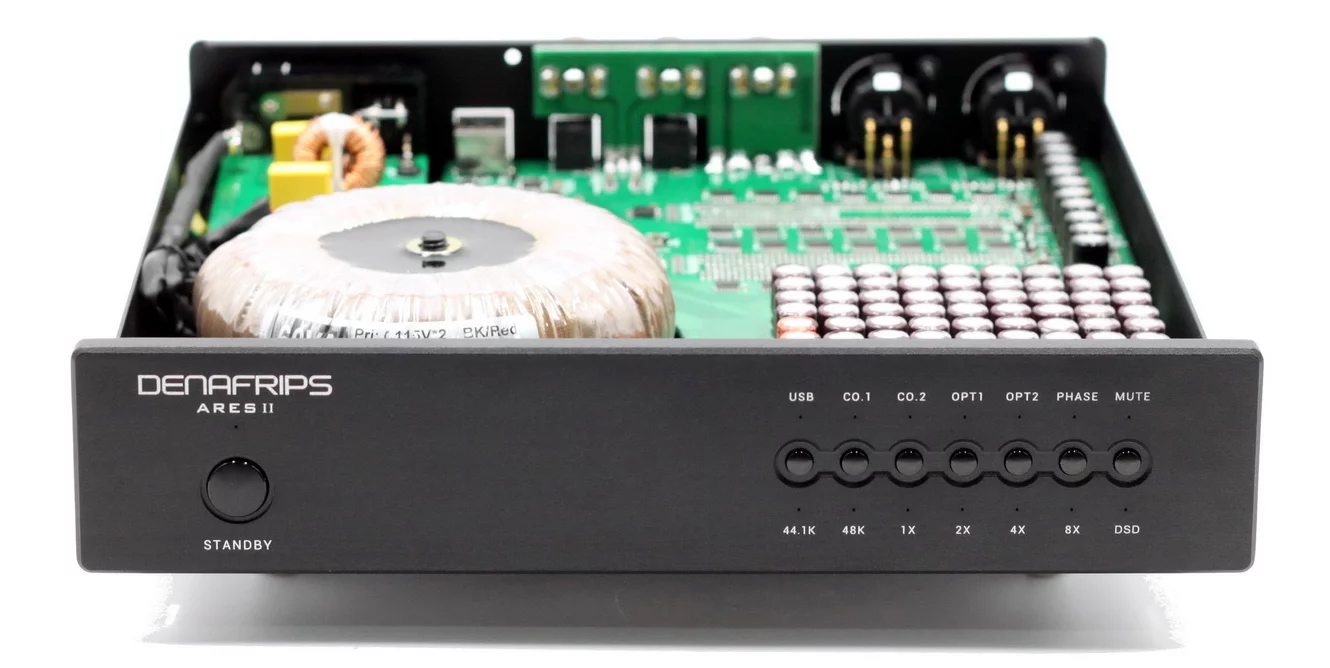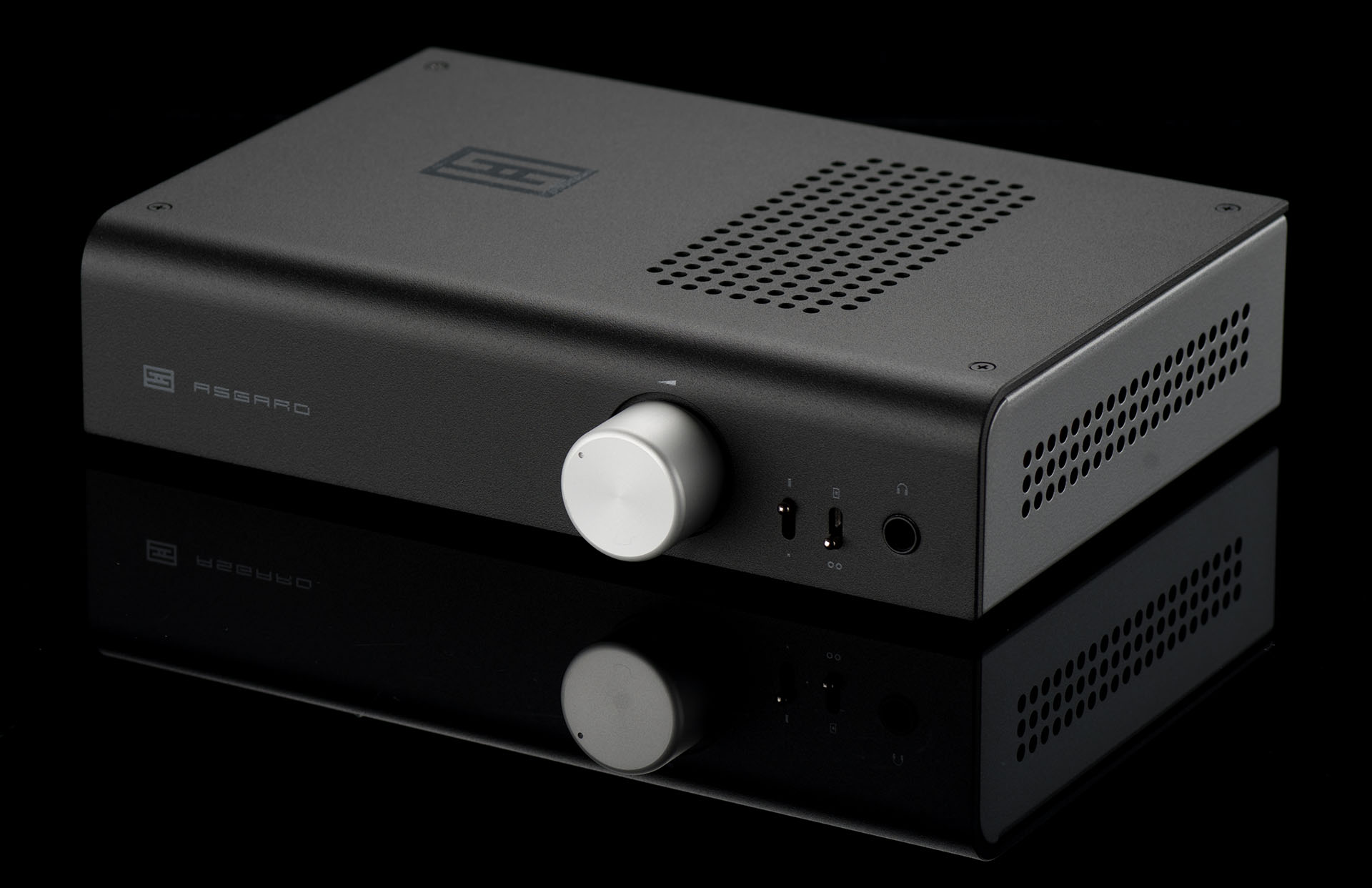Nix is... wild
So I decided that I was going to try nix as my attempt to remove my state from the system, and didn't realize the size of the rabbit hole that I had fallen into. I thought I was getting access to a package manager that I'd bend into shape like I had with Gentoo in the past with their world files. Turns out that Nix does that really well. I figured that I would enjoy parts of it as I've moved closer and closer to it in the years without realizing, but I didn't know what I would uncover. Before I get sidetracked, let's get this out of the way.
What even is nix?
Nix isn't an operating system. It's technically the name of a package manager, and NixOS uses that package manager. Sounds simple enough, but Nix is more of a language or an idea than either of those things. I won't pretent to have any sort of massive knowledge on nix, but there is so much out there that I wanted to make it known that you will likely be lost if you search for anything Nix related. I'll try to document what steps I'm taking and update with how I'm learning my way through it to maybe help someone out.
So what's the status?
I've started transitioning my personal state into Nix to some degree. If you want to see all of the files as they are when this was written, or as they are live, you can follow along as you please. I've started by porting out into a few modules. There's nothing special about not putting everything in one file per se, but it does allow me to not repeat things and have a more central place to edit things I want on all machines. All of this is powered by home-manager which is a nix community tool that's meant to be much like the core nix, but let you seperate users from the core system. It can also be integrated with NixOS itself, but I'll try to keep it simple for now.
what's it look like
Home-manager files are closely related to nix, but have some slight deviations, though they use nix under the hood. Here's an example from farnsworth (mac mini). I'll trim a bit to make it fit better. Mostly self comments.
{ config, pkgs, lib, ... }:
{
home.username = "kdb424";
home.homeDirectory = "/Users/kdb424";
# Set current stable
home.stateVersion = "22.05";
# Checks that home manager is in sync with release
home.enableNixpkgsReleaseCheck = true;
# Let Home Manager install and manage itself.
programs.home-manager.enable = true;
# pulls in other nix files
imports = [
../modules/common.nix
../modules/mac.nix
../modules/commonGUI.nix
../modules/devel.nix
];
There's not really much in here. I've tried to leave the main home.nix manage
only minimal things like what types of things it wants to pull in from other nix
files and keep it clean. This is similar to how I managed pmm
files,
or using user defined sets in Gentoo/Alpine. It just lets you group things by
topic and turn them all on/off in sets by chosing imports. These files are just
collections of packages that look like this as a base.
{ config, lib, pkgs, ... }:
{
home.packages = with pkgs; [
firefox
nim
ect
];
}
I try to keep things organized like common tools that may be on all machines, or
machines of a type, and have just them at this point to simply replace a world
file with only one non standard thing in my common.nix
{ config, lib, pkgs, ... }:
{
home.packages = with pkgs; [
git # shortened for readability
vim # there's more up here in
ect # the real file
] ++ lib.optionals stdenv.isDarwin [
coreutils # provides `dd` with --status=progress
wifi-password
time # GNU time
] ++ lib.optionals stdenv.isLinux [
iputils # provides `ping`, `ifconfig`, ...
zsh # already on mac
libuuid # `uuidgen` (already pre-installed on mac)
emacs # installed with brew on Mac
];
}
The use of lib.optionals will let me do an OS check and allow me to install
things I determine are missing exclusively from the other. I like to try to keep
everything as "linux feeling" as I can in a terminal, where mac has some things
already, and Linux should likewise have them.
That's it?
Oh, not even close. That's just where I am in terms of "allowing nix to eat my files" as it can absorb even the configs related to your applications to keep them central to Nix, and easier to manage as things update and config file format drifts. They won't be silently laying around as cruft, or partial cruft if nix knows what they are, and is how they got there. I haven't decided if I want to give my dots up to Nix, but I'm playing with NixOS and it will be allowed to manage system config files wherever possible. We'll see where it goes, but that's my start into nix. Hope you enjoy reading about this other world even half as much as I'm having fun discovering it.
BONUS!
I stumbled into comma, which allows you to tell nix to fetch a command for just the line it's run on and then toss it away. This makes one off tasks, or tasks like fetching a command to fetch itself, and yes, I've tried to do that recently, insanely easy. I'm sure there's more that I haven't discovered about it's usefulness, but here it is in action.
╭─ > ~/src/zola-blog > main >
╰─ cowsay "I'm not installed" ─╯
zsh: command not found: cowsay
╭─ > ~/src/zola-blog > main >
╰─ , cowsay moo ─╯
_____
< moo >
-----
\ ^__^
\ (oo)\_______
(__)\ )\/\
||----w |
|| ||
╭─ > ~/src/zola-blog > main >
╰─ cowsay "I'm not installed" ─╯
zsh: command not found: cowsay

